In 2025, having a social media strategy is not just smart—it’s essential. Social media platforms are no longer just places for selfies and memes; they are dynamic marketing ecosystems where brands are built, communities are formed, and sales happen in real time. Social media marketing (SMM) empowers businesses of all sizes to connect with vast audiences, build credibility, and generate measurable results.
Whether you’re a startup owner, a content creator, or a seasoned marketer, this guide will walk you through everything you need to know about social media marketing in 2025 — what it is, why it matters, how it works, and how to succeed.
What is Social Media Marketing?
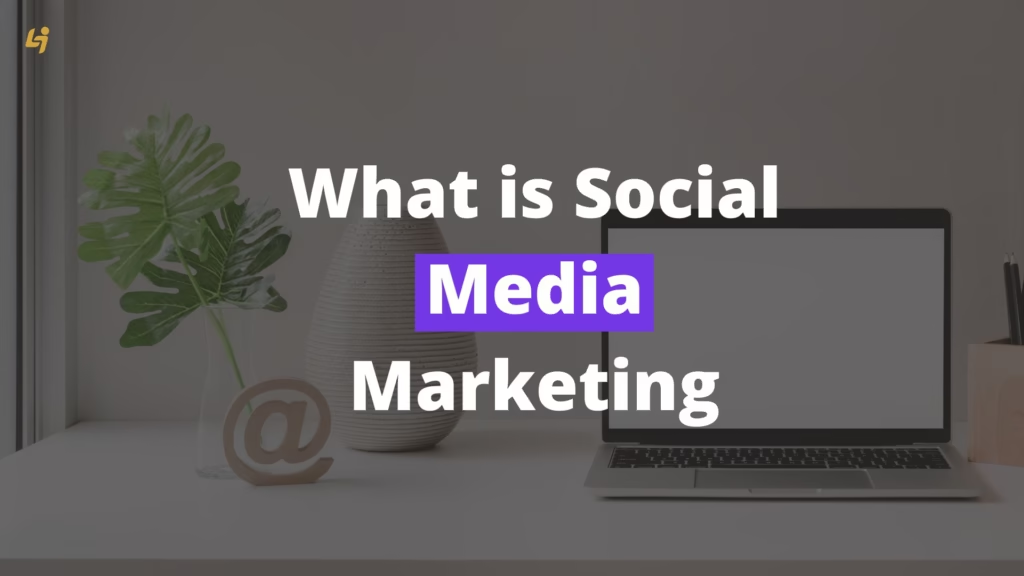
Social media marketing is the strategic use of platforms like Facebook, Instagram, LinkedIn, TikTok, and others to connect with audiences, showcase your brand, and drive business growth through engaging digital content.. But it’s not just about random posting. It’s about strategic content creation, consistent brand messaging, meaningful interactions, and data-driven campaigns.
In simpler terms, social media marketing is the art and science of connecting with your audience online — where they spend most of their time — and turning that connection into business results.
Core Goals of Social Media Marketing
- Increase brand awareness
- Engage your target audience
- Drive website traffic
- Generate leads and sales
- Provide customer service and support
- Build a loyal community
Why Social Media Marketing is Crucial in 2025
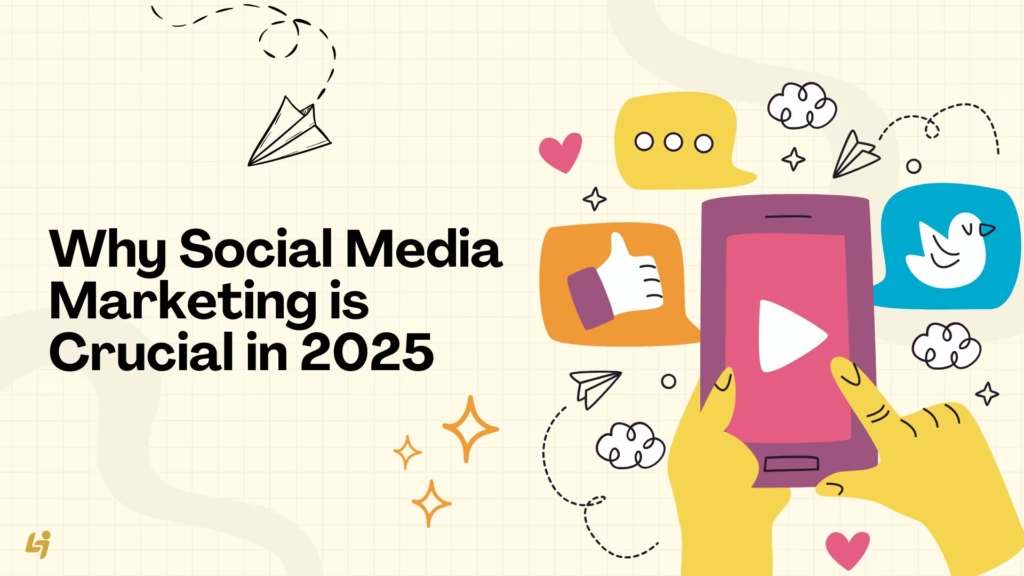
Here’s why social media marketing has become an essential part of every successful digital strategy in 2025:
1. Massive Global Reach
Over 5 billion people use social media worldwide. Platforms like Instagram, TikTok, and YouTube have become the new mainstream media. With the right strategy, even small businesses can go viral and reach millions.
2. Cost-Effective Promotion
Unlike traditional channels such as TV or print, social media marketing offers a cost-effective approach — allowing businesses to grow organically without spending a dime or scale quickly through affordable, highly targeted ads.
3. Direct Audience Engagement
Social media gives brands a voice and personality. Unlike traditional media, you can engage with followers in real-time, answer questions, and receive instant feedback.
4. Powerful Brand Building
By consistently sharing your values, behind-the-scenes stories, and customer testimonials, social media marketing helps humanize your brand, making it relatable and trustworthy.
5. Increased Traffic and Sales
Whether it’s linking to your e-commerce store or a lead magnet, social channels are powerful traffic drivers. Platforms now offer integrated shopping features, so customers don’t even have to leave the app to buy.
Types of Social Media Marketing
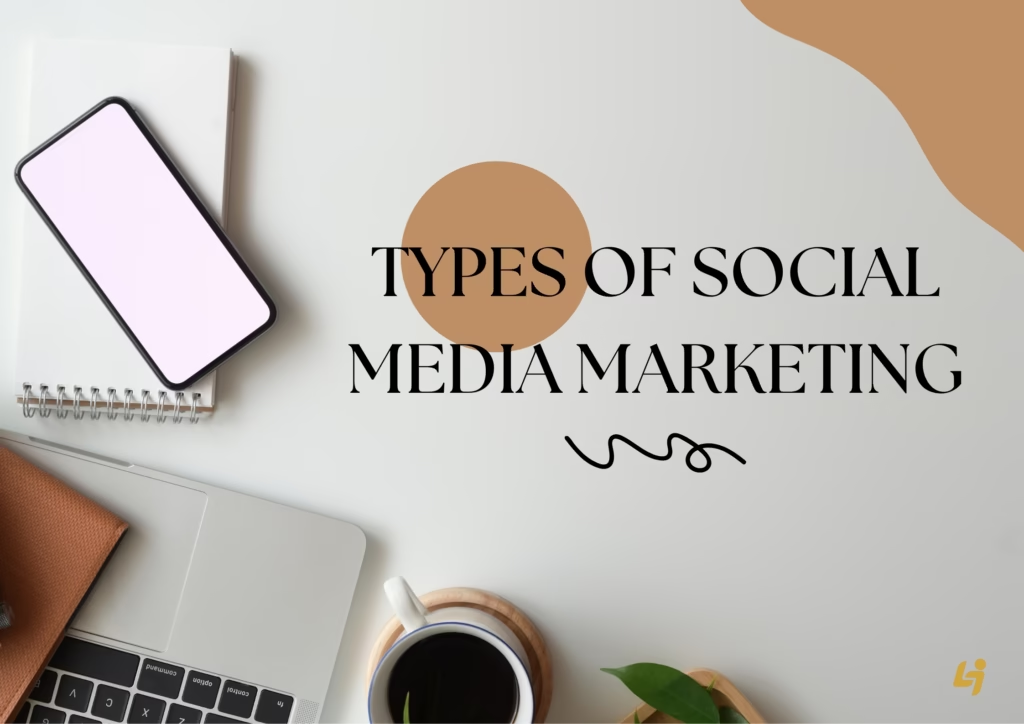
Understanding the different types of social media marketing helps you craft a well-rounded strategy.
1. Organic Marketing
Organic content is free. It includes regular posts, stories, live sessions, and reels designed to attract and engage followers naturally.
Examples:
- Inspirational quotes
- Behind-the-scenes videos
- Customer testimonials
- Day-in-the-life posts
2. Paid Advertising (Social Ads)
Paid social ads help you reach specific demographics, behaviors, or interests. These include:
Sponsored posts
Carousel ads
Video ads
Lead generation forms
Most platforms offer robust targeting tools and analytics, helping you optimize ROI.
3. Influencer Marketing
Influencer partnerships are essential in 2025. Brands collaborate with creators who have built loyal audiences to promote products authentically.
Micro-influencers (with under 100k followers) often provide better engagement than larger influencers — and at a lower cost.
4. User-Generated Content (UGC)
Let your customers do the talking. When people share real photos, videos, or reviews about your product, it adds authenticity and builds trust. UGC acts as powerful word-of-mouth marketing in the digital age.
Tip: Share customer-created content (with their approval) to highlight real-world use and reinforce credibility through genuine voices.
5. Community Building
Creating Facebook groups, Discord communities, or LinkedIn groups around your brand fosters deep connections and brand loyalty.
Popular Social Media Platforms in 2025

Each platform serves a unique audience and purpose. Here’s how to choose the right ones for your goals:
| Platform | Best For |
| Visual storytelling, influencers, lifestyle brands | |
| Local businesses, community engagement, older audiences | |
| B2B marketing, thought leadership, networking | |
| TikTok | Viral trends, short-form videos, younger audiences |
| YouTube | Long-form videos, tutorials, vlogs, product reviews |
| X (Twitter) | Real-time updates, tech, news, crypto |
| Home décor, DIY, fashion, event planning |
Tips for a Successful Social Media Marketing Strategy
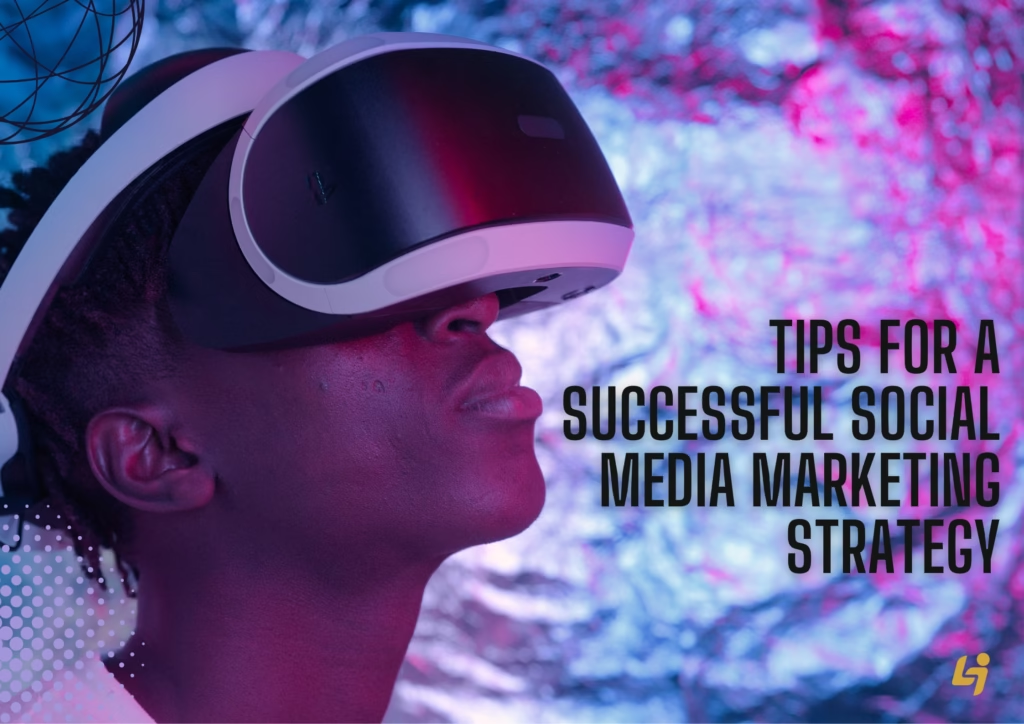
To succeed in social media marketing, you need more than a few cute memes. Here’s how to build an effective, results-driven plan:
1. Know Your Audience
Research who your audience is — age, location, interests, pain points — and customize your content accordingly. Use platform insights or tools like Meta Audience Manager.
2. Be Consistent
Post regularly and at optimal times. Create a content calendar to maintain consistency across platforms.
3. Focus on Quality Visuals
High-resolution photos, eye-catching graphics, and professional videos significantly increase engagement.
🛠 Tools to Try:
Canva
Adobe Express
CapCut
InShot
4. Engage Actively
Respond to comments, ask questions, run polls, and show appreciation. Build relationships, not just followers.
5. Use Hashtags Wisely
Hashtags help increase discoverability. Use niche hashtags (e.g., #veganlifestyletips) alongside broader ones (e.g., #marketing).
6. Track and Optimize
Use analytics tools to monitor post performance, audience growth, engagement rate, and conversion. Adjust your strategy based on what works.
Future Trends in Social Media Marketing (2025 and Beyond)
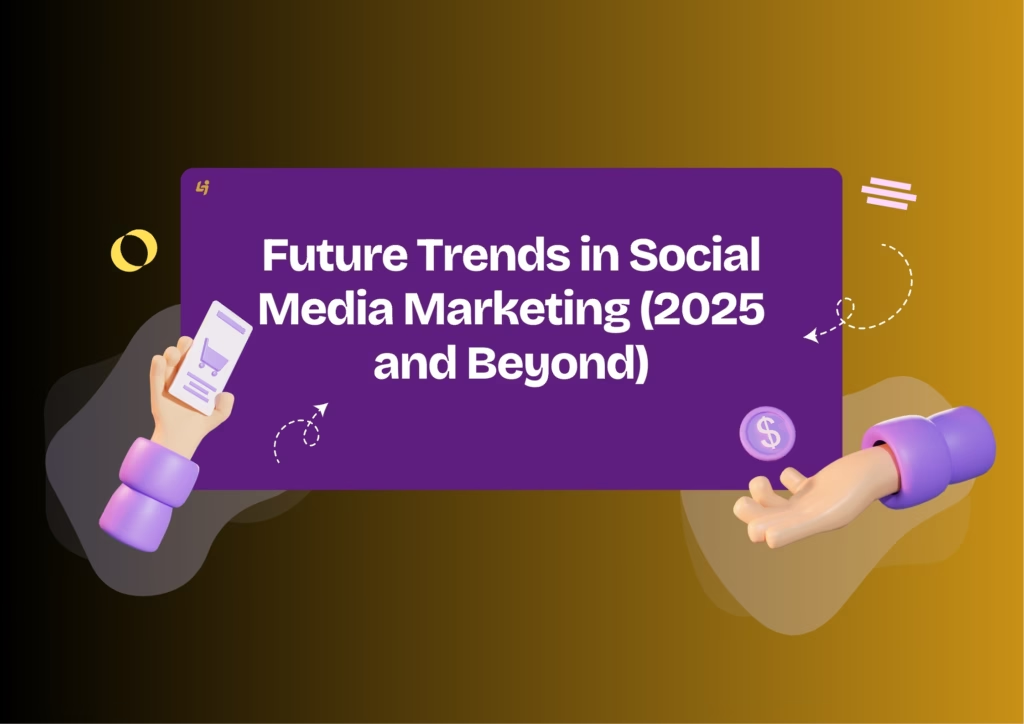
The future of social media marketing is exciting, tech-driven, and fast-moving. Here’s what’s shaping the future:
1. AI-Powered Marketing
Artificial intelligence is revolutionizing social media marketing. From automating content creation and scheduling to delivering data-driven insights and personalized recommendations, AI tools streamline every step of the process. Smart chatbots now manage real-time customer support, ensuring your brand stays responsive around the clock.
2. Short-Form Video Reigns Supreme
TikTok, Instagram Reels, and YouTube Shorts are dominating attention spans. Quick, engaging videos are key to staying relevant.
3. Social Commerce
Shopping within apps is seamless in 2025. Instagram, TikTok, and Facebook Shops allow users to discover, review, and purchase — all in one place.
4. Personalized Experiences
Algorithms now deliver highly tailored content. Businesses that personalize messages and offers will outperform those that don’t.
5. Cross-Platform Integration
Brands are using tools to unify messaging across platforms, ensuring a seamless experience for users no matter where they engage.
Measuring Success in Social Media Marketing
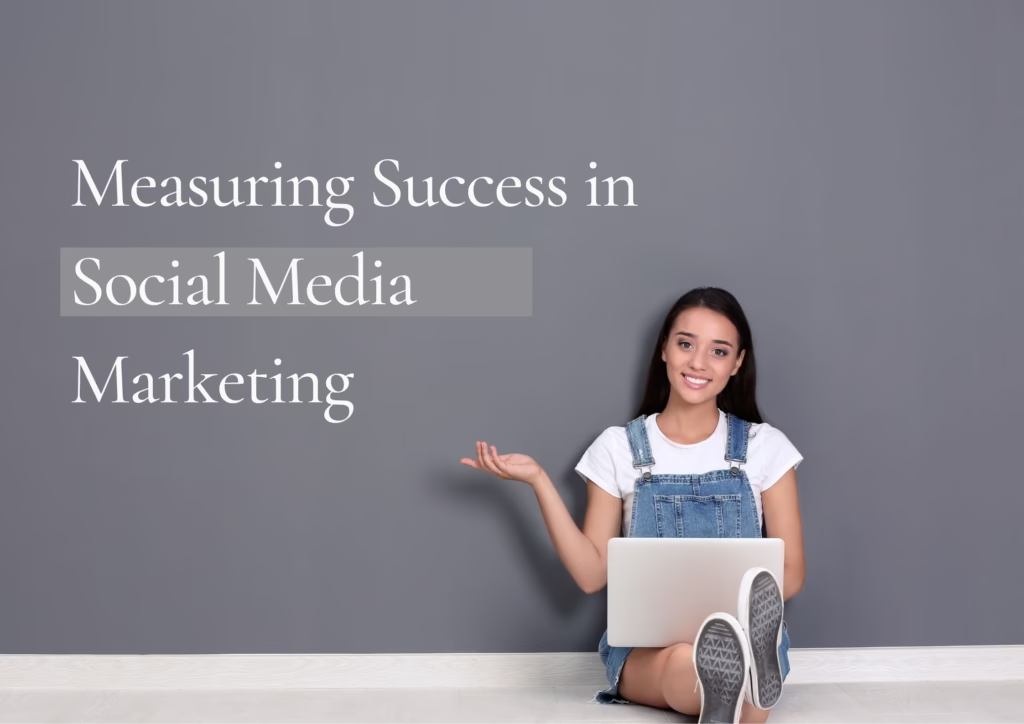
Knowing your impact is crucial. Key performance indicators (KPIs) to track include:
Engagement rate (likes, shares, comments)
Follower growth
Website clicks
Conversion rate
Return on ad spend (ROAS)
Customer retention and loyalty
Tip: Use platform-native tools (Meta Insights, TikTok Analytics, LinkedIn Dashboard) or third-party platforms like Hootsuite, Sprout Social, or Buffer.
Social Media Marketing for Different Business Types
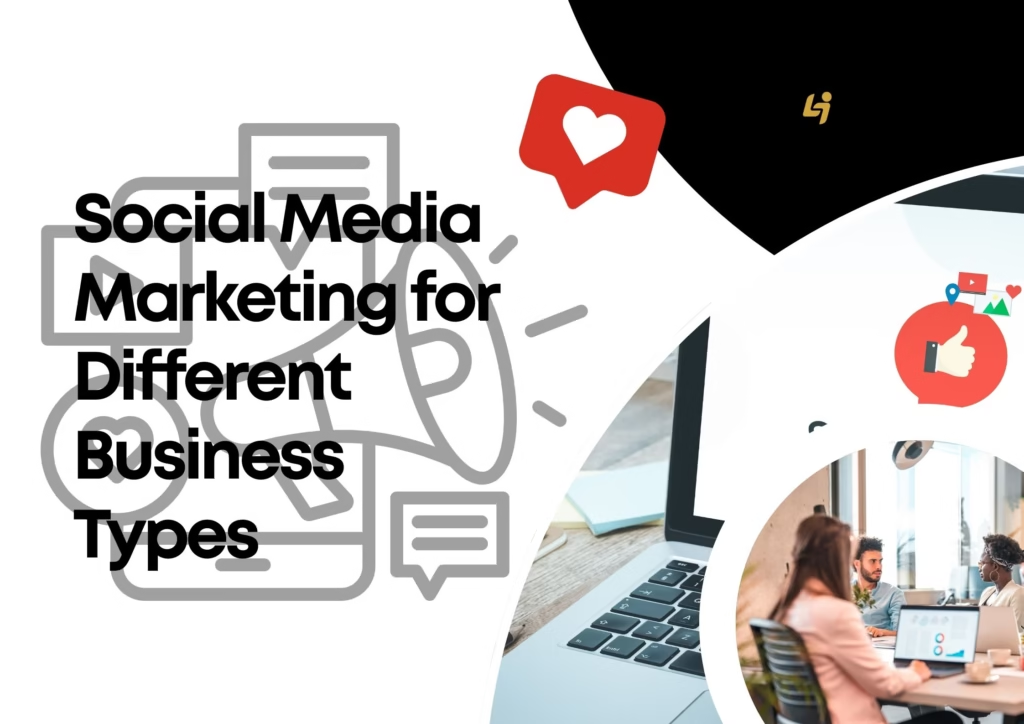
E-commerce
Focus on product showcases, tutorials, UGC, and flash sales. Instagram and TikTok are ideal.
Education & Coaching
Use YouTube for long-form content and LinkedIn for professional authority. Share success stories, testimonials, and live sessions.
Healthcare & Wellness
Create value-driven content that educates and builds trust. Focus on TikTok for younger audiences and Instagram for visual health content.
Service-Based Businesses
Share before-after visuals, behind-the-scenes, and service explainers. Facebook and LinkedIn are powerful for local and professional outreach.
Advanced Social Media Marketing Strategies for 2025
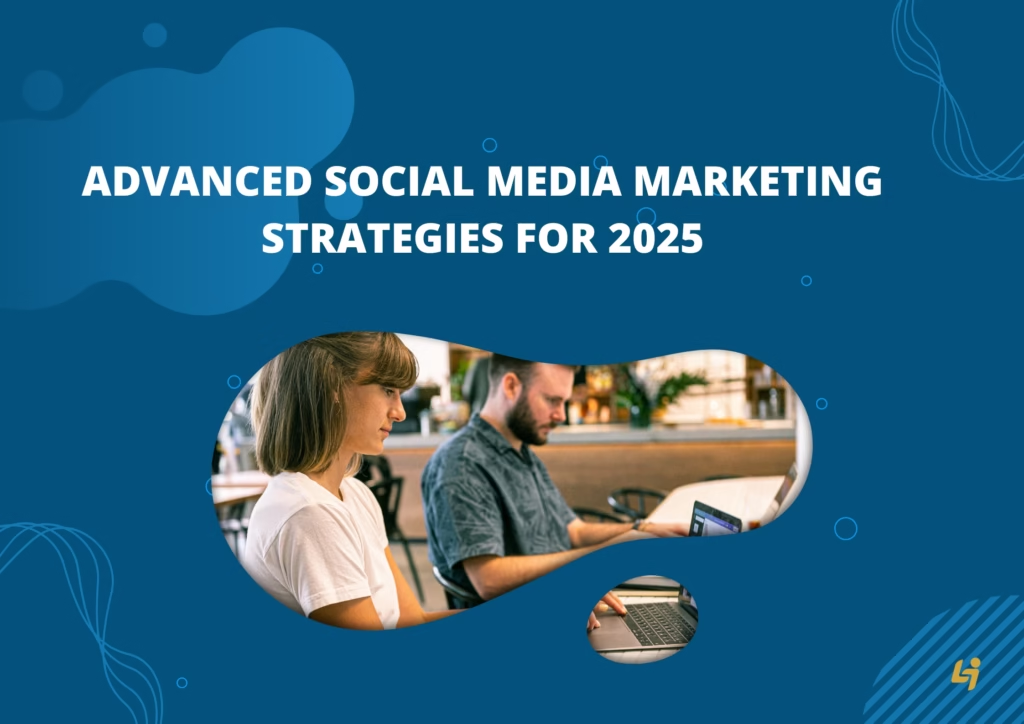
To truly stand out in the crowded digital space of 2025, it’s important to go beyond the basics. Let’s explore advanced tactics that experienced marketers and growing brands are using to maximize the impact of their social media marketing.
1. Omnichannel Strategy
An omnichannel approach ensures your brand message remains consistent across all platforms. Instead of treating each social media site as a separate entity, you unify your marketing efforts to provide a seamless experience for users.
Example:
A customer sees your product on Instagram, reads reviews on Facebook, watches a tutorial on YouTube, and finally makes a purchase via TikTok Shop — all with a consistent tone, message, and branding.
Tip: Use scheduling tools like Buffer, Hootsuite, or Later to maintain consistency and timing across platforms.
2. Brand Storytelling
The most successful social media marketing campaigns tell compelling stories. These stories create emotional connections with followers and make your brand memorable.
Go beyond simply sharing a product photo — share the inspiration, journey, or impact behind it to create a deeper connection with your audience.:
What inspired it?
Who made it?
How has it changed customers’ lives?
Content Ideas:
“A day in the life” of your team
Customer spotlight videos
Origin story of your brand
Founder interviews or reels
3. A/B Testing for Social Campaigns
Not all content performs equally — that’s why smart marketers test multiple variations. Whether it’s tweaking a headline, changing a call-to-action, or adjusting video length, A/B testing reveals what grabs attention and drives clicks, helping you make informed decisions backed by real data.
Example to A/B test:
Carousel vs. single-image posts
Short captions vs. long storytelling
Morning posts vs. evening posts
Reels vs. image posts
Use platform analytics or third-party tools to compare results and make data-driven decisions.
4. Localized Social Media Marketing
In 2025, hyper-local content is becoming increasingly important. If you run a business that serves specific regions or cities, tailoring content to those locations can boost engagement.
How to localize:
Include local slang or references
Celebrate local festivals or events
Partner with local influencers
Use location-based hashtags and geotags
5. Social Listening and Sentiment Analysis
Social media marketing isn’t just about what you post—it’s also about what people say about your brand. Social listening tools like Brandwatch, Sprinklr, or Mention track brand mentions, keywords, and competitor activity in real time.
By analyzing sentiment (positive, negative, neutral), you can:
Detect customer satisfaction trends
Address PR issues quickly
Improve products and services
Find content inspiration
Common Social Media Marketing Mistakes to Avoid
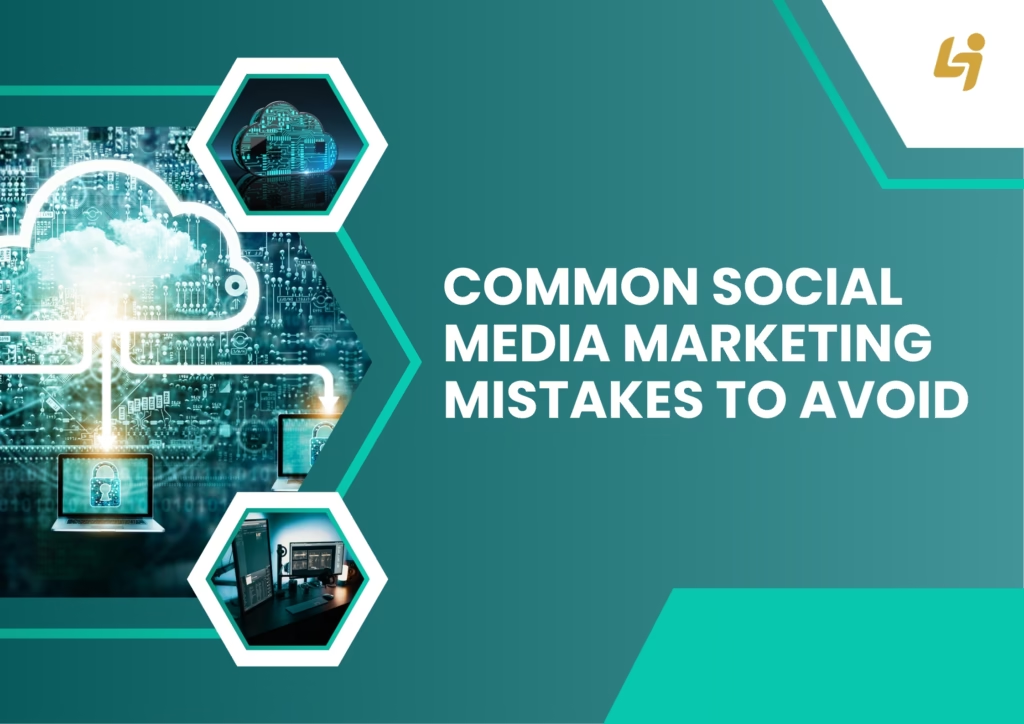
Even experienced marketers fall into these traps. Avoiding them can save you time, money, and reputation.
1. Posting Without a Strategy
Random content doesn’t perform well. Define your goals, create a content calendar, and align posts with your brand’s messaging and audience needs.
2. Ignoring Analytics
If you’re not reviewing metrics, you’re flying blind. Always analyze what’s working and adjust your strategy accordingly.
3. Buying Followers
Purchased followers may make your account look popular, but they rarely engage and can harm credibility. Focus on building a real community.
4. Over-Automation
While automation tools are great, relying too heavily on bots or AI-generated responses can make your brand feel robotic. Human interaction is still key.
Choose the Right Social Media Marketing Tools
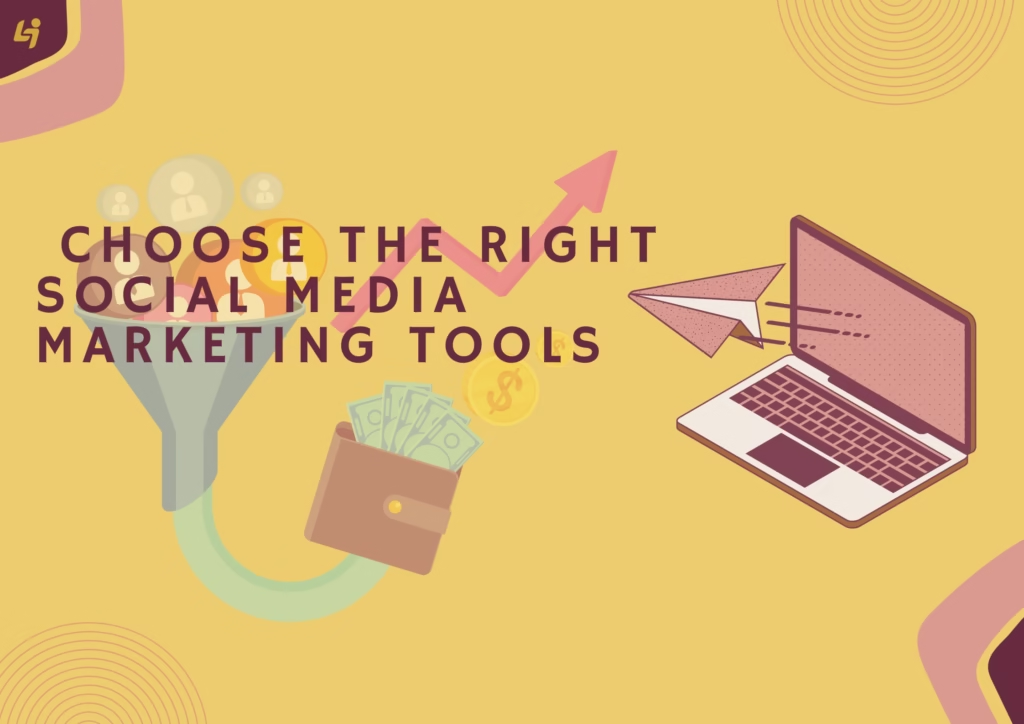
Tools can streamline your workflow, enhance creativity, and optimize results. Here are some must-have tools for different aspects of social media marketing:
Scheduling & Planning
Later – Great for Instagram and TikTok planning
Buffer – Easy-to-use for multiple platforms
Hootsuite – Full-featured platform with analytics
Content Creation
Canva – Design stunning graphics and social posts
CapCut / InShot – Ideal for mobile video editing
Lumen5 – Turn blogs into videos using AI
Analytics
Sprout Social – In-depth reporting tools
Google Analytics – Track social traffic to your website
Meta Business Suite – Facebook and Instagram insights
Automation & AI
ChatGPT – Generate captions, post ideas, and responses
Zapier – Automate workflows between platforms
ManyChat – Build chatbots for Messenger or Instagram
Case Study: How a Small Brand Grew with Social Media Marketing
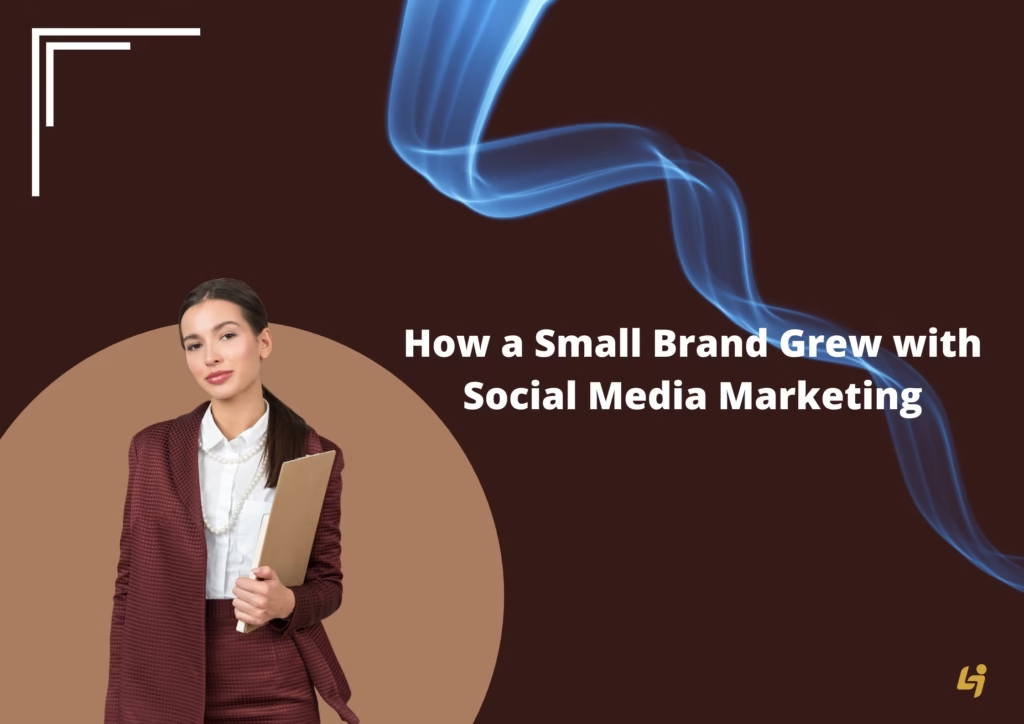
Brand: EarthyGlow Skincare
Industry: Organic skincare
Challenge: Limited budget, small audience, high competition
Strategy:
Focused on Instagram and TikTok
Shared behind-the-scenes videos showing product making
Partnered with 5 micro-influencers (under 50K followers)
Encouraged buyers to post “unboxing” videos
Posted 5–6 times weekly using trending sounds and hashtags
Results (over 6 months):
Instagram followers grew from 800 to 14,000+
3 viral TikTok videos (100K+ views each)
Sales increased 300%
Gained features in two beauty blogs organically
Lesson: Strategic social media marketing can level the playing field—even for small players with limited budgets.
Integrating Social Media Marketing with Other Channels
To maximize your return, integrate social media marketing with your broader digital marketing strategy.
Email Marketing
Use your social media platforms strategically to build your email list. Offer irresistible lead magnets like free guides, checklists, or discount codes in exchange for email sign-ups. Run engaging contests or use gated content to encourage followers to join your list.
Once subscribers are in, don’t let the relationship stop there. Retarget them on social platforms with personalized ads, exclusive offers, or content tailored to their interests—keeping your brand top-of-mind.
Promote exclusive deals or product drops via social platforms, then send follow-ups through SMS or WhatsApp for faster conversions.
The ROI of Social Media Marketing
Is social media marketing worth the investment? Absolutely—if done right.
Key ROI Factors:
Increased brand awareness
Higher customer lifetime value
Lower customer acquisition costs
Improved customer retention
Real-time customer feedback
Pro Tip: Set SMART goals (Specific, Measurable, Achievable, Relevant, Time-bound) to track your ROI more effectively.
Final Thoughts
In 2025, social media marketing is your brand’s most powerful digital weapon. With billions of users actively scrolling, clicking, sharing, and buying, the opportunity to grow your presence, profits, and purpose is bigger than ever.
But success won’t come from guesswork. It takes strategic planning, authentic content, consistent engagement, and the right mix of tools and trends.
Whether you’re a solopreneur managing everything yourself or a marketer at a growing company, mastering social media marketing can help you stand out, scale up, and succeed long-term.
Quick Recap: Social Media Marketing Checklist
Set clear goals and KPIs
Choose the right platforms for your audience
Create a content calendar
Focus on high-quality, engaging content
Engage with followers consistently
Use data to improve your strategy
Stay updated with platform trends and features
Would you like me to now help with:
Writing an SEO-optimized meta description?
Formatting this as an HTML blog post?
Need help writing catchy social media captions or promo snippets for this article?
Let me know how you’d like to publish or share it!
Conclusion
Social media marketing in 2025 is more sophisticated, strategic, and essential than ever. It’s not just about being present on social platforms — it’s about being effective, engaging, and authentic.
Whether you’re launching a brand, growing a loyal customer base, or scaling an enterprise, social media marketing is your most powerful tool. Start small, stay consistent, and keep learning. Your audience is already online — it’s time you meet them there with purpose.
